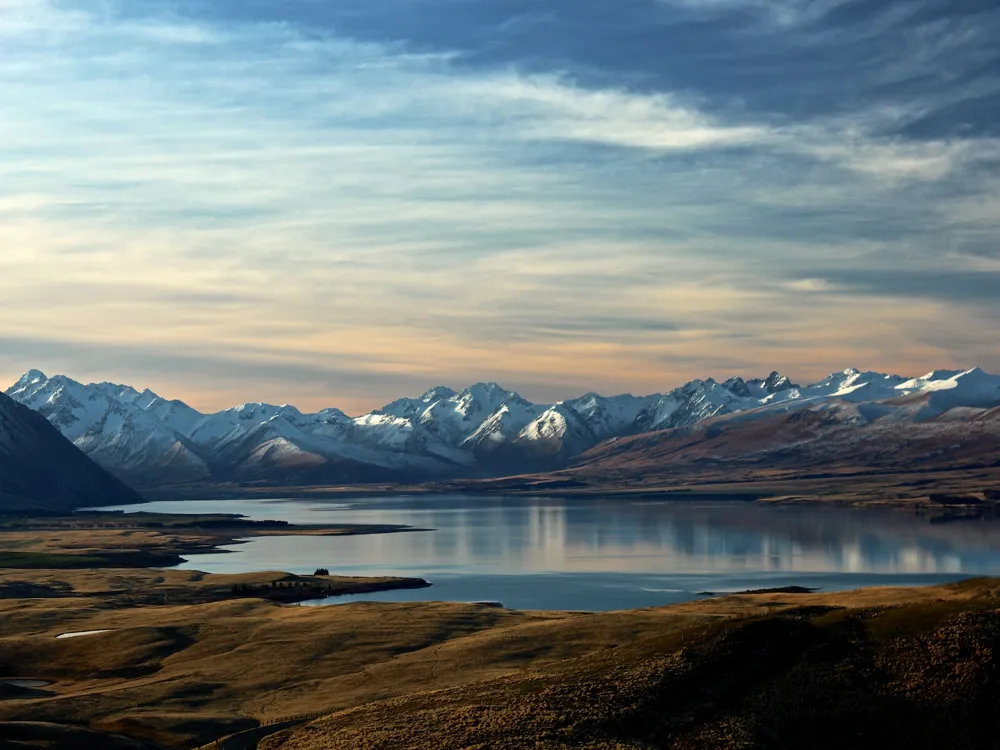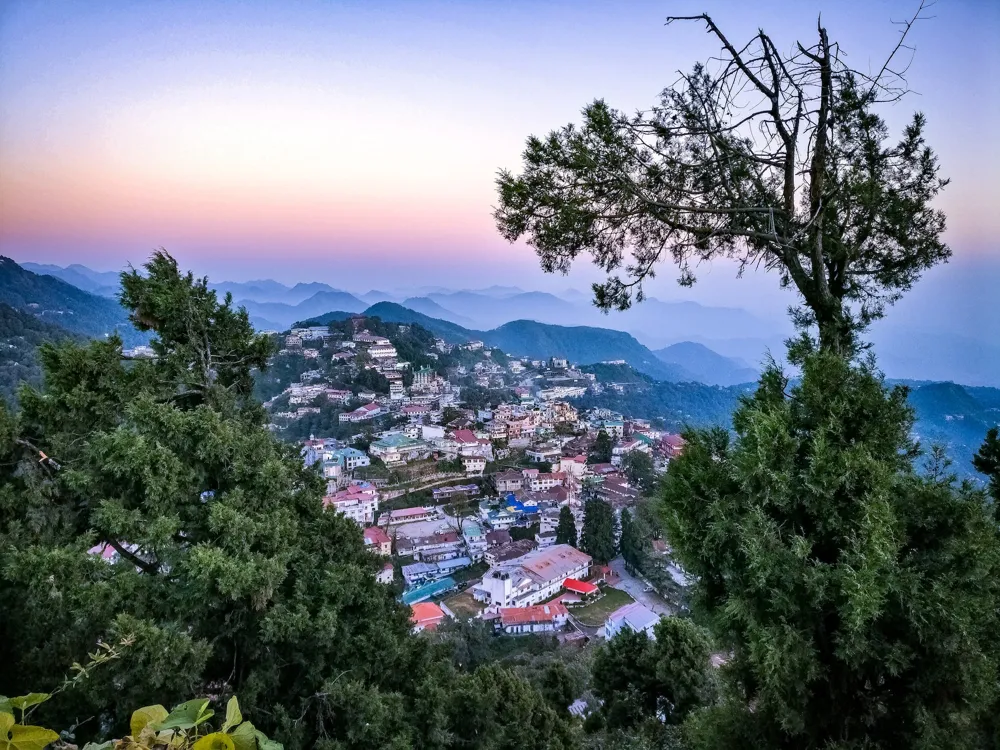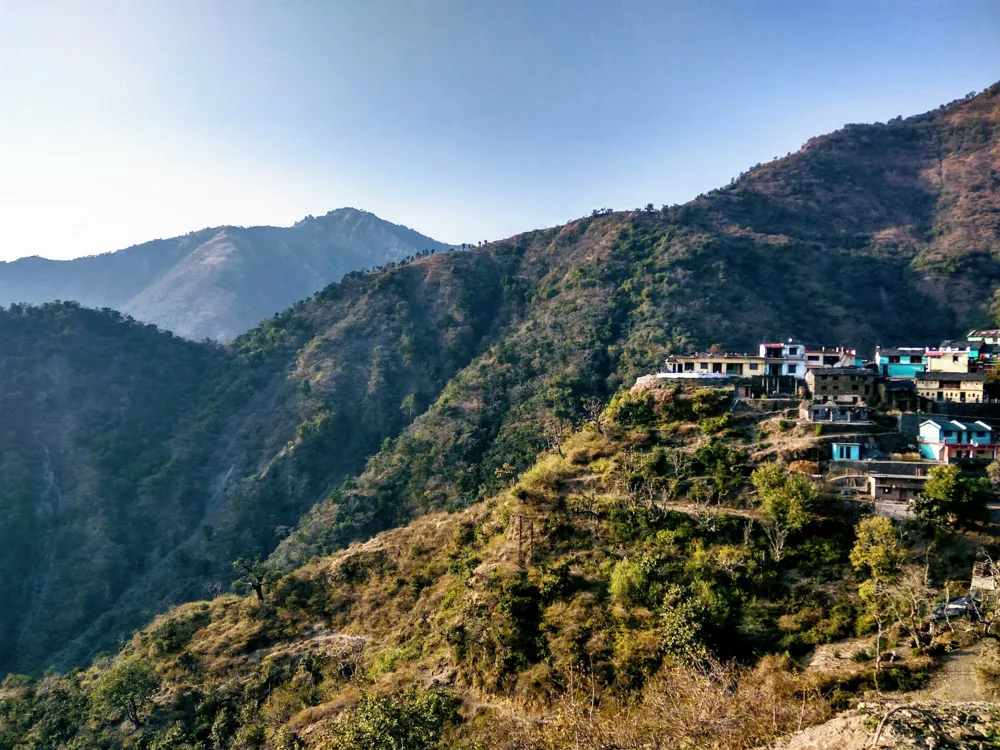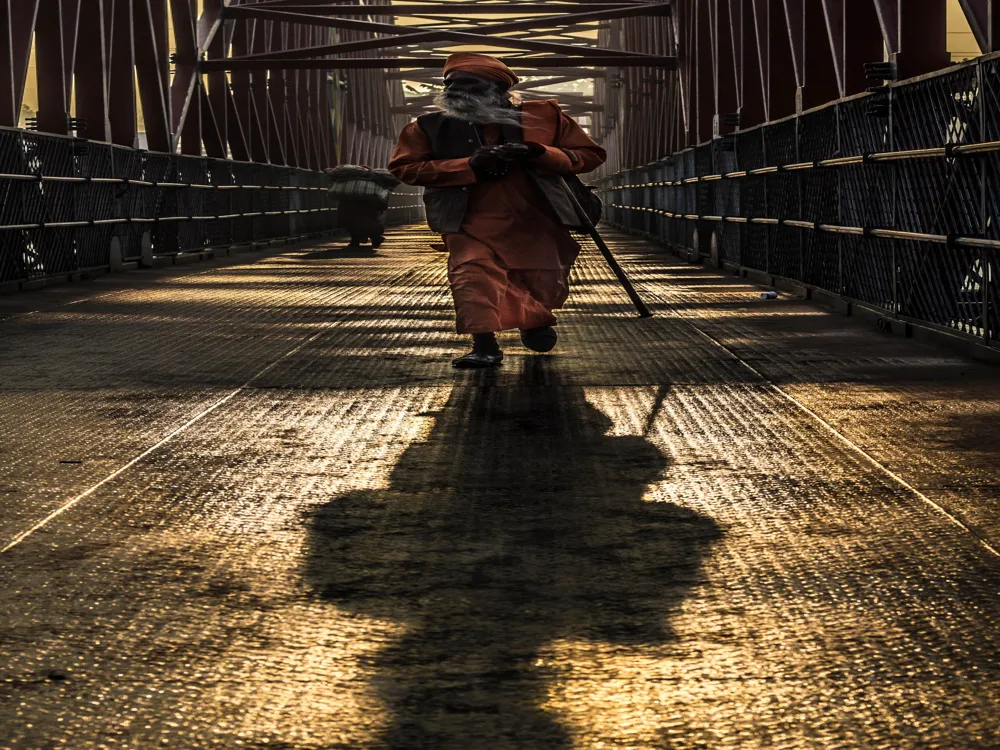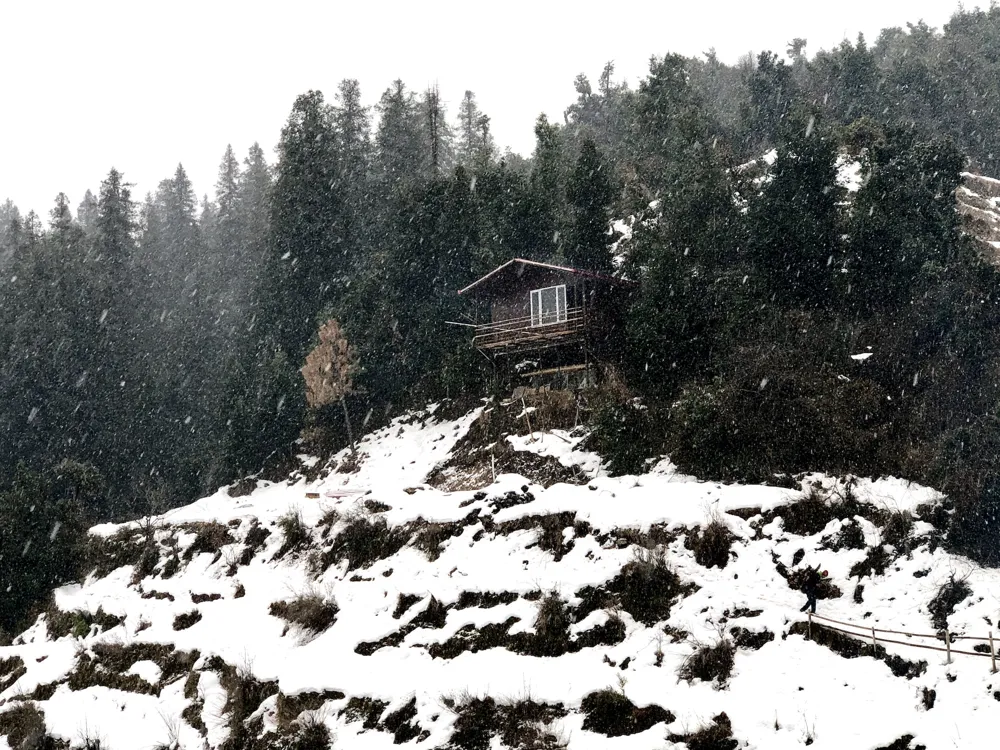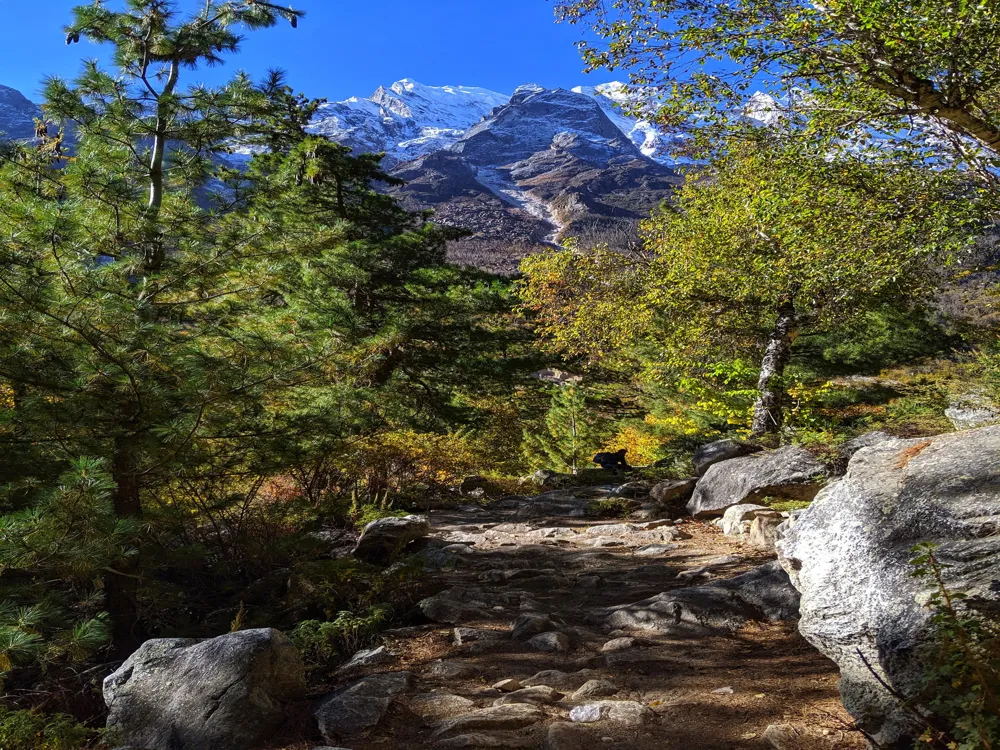Nestled in the serene landscapes of Uttarakhand, Kodia Jungle stands as a testament to nature's splendor. This exquisite natural haven, located near the quaint hill station of Kanatal, offers a glimpse into the untouched beauty of the Himalayas. Kodia Jungle is not just a destination; it's an experience that captivates the soul with its lush greenery, diverse wildlife, and tranquil ambiance. The journey into Kodia Jungle is like stepping into a different world. The dense forests are home to a rich variety of flora and fauna. As you wander through the jungle, you are likely to encounter numerous bird species, making it a paradise for bird watchers. The melody of birds singing, the rustling of leaves, and the occasional wildlife sightings create a symphony that is both exhilarating and soothing. The beauty of Kodia Jungle is magnified by its ever-changing landscape. From dense forests to open meadows, from gurgling streams to silent pathways, every turn presents a new vista to explore. The jungle's topography is a fascinating mix of valleys and hills, with several natural springs that add to its mystical charm. The ecosystem here is vibrant and dynamic, making it a vital ecological zone in Uttarakhand. An exploration of Kodia Jungle is not merely a walk through the woods; it's a journey into the heart of nature. The jungle invites you to disconnect from the world and immerse yourself in its tranquil embrace. Whether you are an avid trekker, a nature lover, or simply seeking a peaceful retreat, Kodia Jungle in Kanatal offers an experience that is both enriching and rejuvenating. When discussing the architecture of Kodia Jungle, it is essential to understand that its architecture is not man-made but crafted by the hands of nature. The jungle's architecture is a complex tapestry of natural elements, harmoniously intertwined to create a landscape that is both majestic and mystical. The primary architectural elements of Kodia Jungle are its dense forests. These forests are predominantly composed of oak and pine trees, which stand tall and imposing, creating a natural canopy that shelters the diverse wildlife. The arrangement of trees, their height, and the density of the forest contribute to the unique architectural design of the jungle. Another significant aspect of the jungle's architecture is its terrain. The undulating hills and valleys of Kodia Jungle shape its landscape, giving it depth and dimension. These natural contours not only define the jungle's appearance but also influence its ecosystem, affecting the distribution of flora and fauna. The water bodies within Kodia Jungle, such as streams and springs, add another layer to its architectural beauty. These water sources meander through the forest, creating natural pathways and adding to the overall aesthetic of the jungle. The way these streams carve their way through the landscape is a testament to the power and artistry of nature. The ideal time to visit Kodia Jungle is from April to June and from September to November. During these months, the weather is pleasant, making it perfect for trekking and wildlife spotting. Essential items include comfortable trekking shoes, water bottles, binoculars for bird watching, a camera, and a light jacket, as it can get chilly. Always stay on marked trails, be aware of your surroundings, and avoid venturing into the jungle alone. It's also advisable to inform someone about your plans. Maintain a safe distance from animals and do not disturb them. Avoid loud noises that can startle wildlife. Kodia Jungle is accessible by road from major cities like Dehradun and New Delhi. The nearest railway station is in Dehradun, from where you can hire a taxi or take a bus to Kanatal. The journey offers scenic views of the Himalayas, making it an integral part of the experience. Read More:Overview of Kodia Jungle in Kanatal, Uttarakhand
Architecture of Kodia Jungle
Tips When Visiting Kodia Jungle
Best Time to Visit
What to Bring
Safety Precautions
Respecting Wildlife
How To Reach Kodia Jungle
Kodia Jungle
Kanatal
Uttarakhand
NaN onwards
View kanatal Packages
Kanatal Travel Packages
View All Packages For Kanatal
Top Hotel Collections for Kanatal

Private Pool

Luxury Hotels

5-Star Hotels

Pet Friendly
Top Hotels Near Kanatal
Other Top Ranking Places In Kanatal
View All Places To Visit In kanatal
View kanatal Packages
Kanatal Travel Packages
View All Packages For Kanatal
Top Hotel Collections for Kanatal

Private Pool

Luxury Hotels

5-Star Hotels

Pet Friendly









